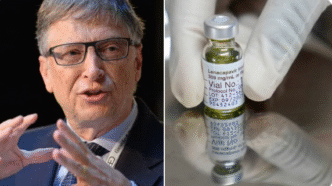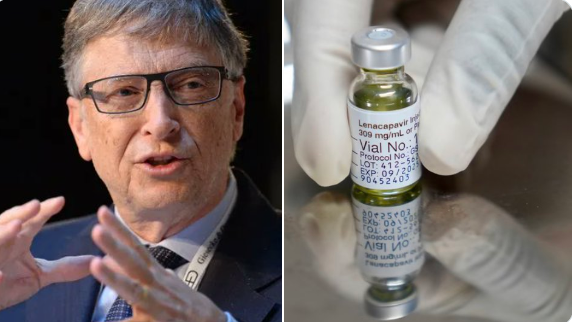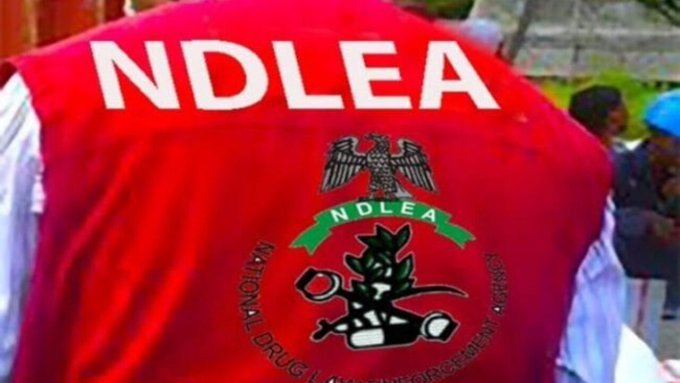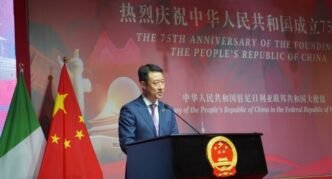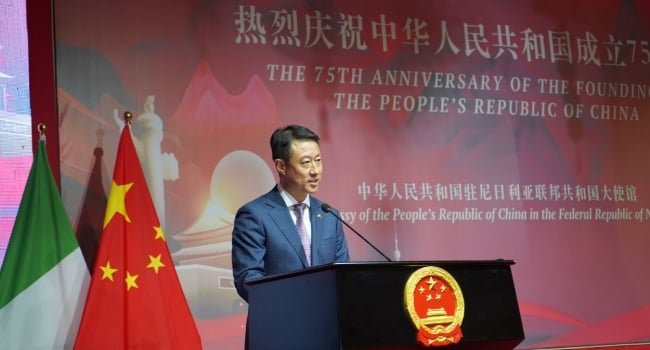In a major breakthrough for global public health and the fight against HIV/AIDS, the Bill & Melinda Gates Foundation has announced a partnership with an Indian pharmaceutical company to manufacture a low-cost HIV prevention shot priced at just $40 per dose. The injectable, designed to be administered twice a year, is expected to significantly expand access to preventive HIV care in low- and middle-income countries, particularly across Africa and Asia, where the burden of the epidemic remains highest.
The development marks a turning point in decades of research, funding, and advocacy to make effective HIV prevention tools affordable and accessible to vulnerable populations. While existing pre-exposure prophylaxis (PrEP) options—mainly daily oral pills—have proven effective, barriers such as cost, adherence challenges, and limited distribution networks have prevented many at-risk individuals from benefiting fully.
With this new long-acting injectable expected to cost a fraction of what is currently available in high-income countries, experts say it could change the trajectory of HIV prevention in the developing world.
The Innovation: Long-Acting HIV Prevention
The twice-yearly injection is based on the latest generation of antiretroviral drugs formulated to remain active in the body for extended periods. This long-acting nature addresses one of the key challenges in HIV prevention: adherence.
For years, oral PrEP regimens have faced the problem of inconsistent use. Studies have shown that when taken daily, PrEP reduces the risk of contracting HIV by up to 99%. However, adherence rates have been uneven across populations, especially in communities where stigma, limited healthcare access, and logistical barriers hinder consistent use.
A twice-yearly shot offers a discreet, reliable, and convenient alternative. Instead of worrying about daily pills, individuals can rely on biannual clinical visits to remain protected. This development could dramatically improve uptake, particularly among groups such as adolescent girls, young women, and key populations like sex workers and men who have sex with men—communities where HIV risk is disproportionately high.
Gates Foundation’s Role in Driving Down Costs
The Bill & Melinda Gates Foundation, which has invested billions of dollars into global health innovations, is playing a central role in reducing the price of the HIV prevention shot. In wealthier markets, similar long-acting injectables have been priced at over $20,000 annually—a figure that is far out of reach for governments and communities in sub-Saharan Africa and other low-income regions.
By partnering with an Indian pharmaceutical manufacturer with a track record of producing generic medicines at scale, the Gates Foundation has helped ensure that the drug can be offered for around $40 per dose. That translates to $80 per year for individuals, compared to thousands of dollars in the West.
Melinda French Gates, speaking on behalf of the foundation, emphasized that affordability and accessibility are central to the fight against HIV/AIDS. “Science has given us powerful tools, but they only matter if the people who need them most can actually access them. This partnership is about removing barriers and giving communities everywhere a fair chance to protect themselves,” she said.
The Indian Pharmaceutical Industry’s Vital Role
India has long been recognized as the “pharmacy of the developing world,” supplying affordable generic drugs for conditions ranging from tuberculosis to HIV. Indian firms have been instrumental in slashing the cost of antiretroviral therapy over the past two decades, enabling millions of HIV-positive individuals to access life-saving treatment.
This new partnership continues that legacy. The Indian company involved—yet to be formally named in the public announcement—is expected to handle large-scale manufacturing and global distribution in collaboration with governments, NGOs, and international agencies such as UNAIDS and the World Health Organization (WHO).
By producing the HIV prevention shot locally at lower costs, the company will play a crucial role in ensuring sustainability and accessibility, particularly in countries where donor-driven supply chains often face funding uncertainties.
Global HIV Burden and the Need for Innovation
Despite significant progress in the fight against HIV/AIDS over the past three decades, the disease continues to pose a major global health challenge. According to UNAIDS, approximately 39 million people worldwide are living with HIV, with more than 1.3 million new infections recorded in 2023 alone.
Sub-Saharan Africa remains the epicenter of the epidemic, accounting for nearly two-thirds of global cases. Young women and adolescent girls in the region are particularly vulnerable, often facing structural and social barriers that prevent them from accessing prevention tools.
Existing oral PrEP has had limited penetration in such contexts, with uptake rates often below 20% among at-risk populations. Health experts believe that long-acting injectable options could help close that gap. By reducing the need for daily adherence and offering greater privacy, the new HIV prevention shot could empower individuals to protect themselves without fear of stigma or disclosure.
Expert Reactions and Global Health Implications
Public health experts and advocacy groups have welcomed the announcement as a “game-changer.”
Dr. John Nkengasong, U.S. Global AIDS Coordinator and head of PEPFAR, noted: “Affordability has always been the missing piece in scaling up the latest HIV prevention tools. With this development, we now have the possibility of reaching millions of people who were previously left behind.”
Similarly, UNAIDS Executive Director Winnie Byanyima stressed that the shot could accelerate progress toward ending AIDS as a public health threat by 2030. “We need innovation that works for everyone, not just the wealthy. A $40 prevention shot that lasts six months can be a lifeline for communities struggling with high infection rates.”
Global NGOs such as Médecins Sans Frontières (Doctors Without Borders) have also urged governments to act quickly to integrate the shot into national HIV prevention strategies once it becomes available.
Distribution Plans and Timeline
While the announcement has sparked optimism, experts caution that timelines for widespread rollout will depend on regulatory approvals, manufacturing scale-up, and integration into public health systems.
Clinical trials of the injectable have already demonstrated high efficacy, with protection rates comparable or superior to daily oral PrEP. The next phase involves securing regulatory clearance in key markets, followed by WHO prequalification, which would allow procurement by global health agencies.
If all goes as planned, distribution could begin in select countries as early as 2026. Initial rollout is expected to focus on countries with the highest HIV burden, such as South Africa, Nigeria, Kenya, and India.
Challenges Ahead: Equity, Stigma, and Healthcare Access
Despite the breakthrough, challenges remain. Even at $40, cost could still be a barrier for some low-income countries without sustained donor support. Ensuring equitable access will require strong commitments from governments, donors, and global health partners.
Additionally, stigma and discrimination continue to prevent many at-risk populations from seeking prevention services. Advocates stress that the shot must be accompanied by community outreach, education, and policies that protect human rights.
Healthcare infrastructure also poses a challenge. A twice-yearly injection requires clinical visits, which may be difficult in rural or conflict-affected areas. Governments will need to strengthen healthcare delivery systems to ensure that those who need the shot can reliably access it.
Toward Ending the HIV Epidemic
The HIV epidemic has defied easy solutions for decades, but scientific innovation combined with global solidarity has led to unprecedented progress. The advent of a $40 twice-yearly prevention shot, made possible by the Gates Foundation’s investment and Indian manufacturing expertise, represents one of the most significant steps yet toward ending the epidemic.
If rolled out effectively and equitably, the injectable could help slash new infections, reduce long-term treatment costs, and bring the world closer to the global target of ending AIDS as a public health threat by 2030.
As the world awaits further details on timelines and distribution, one thing is clear: this innovation has the potential to transform the landscape of HIV prevention for millions, ensuring that protection against one of humanity’s deadliest viruses is no longer a privilege, but a right.

